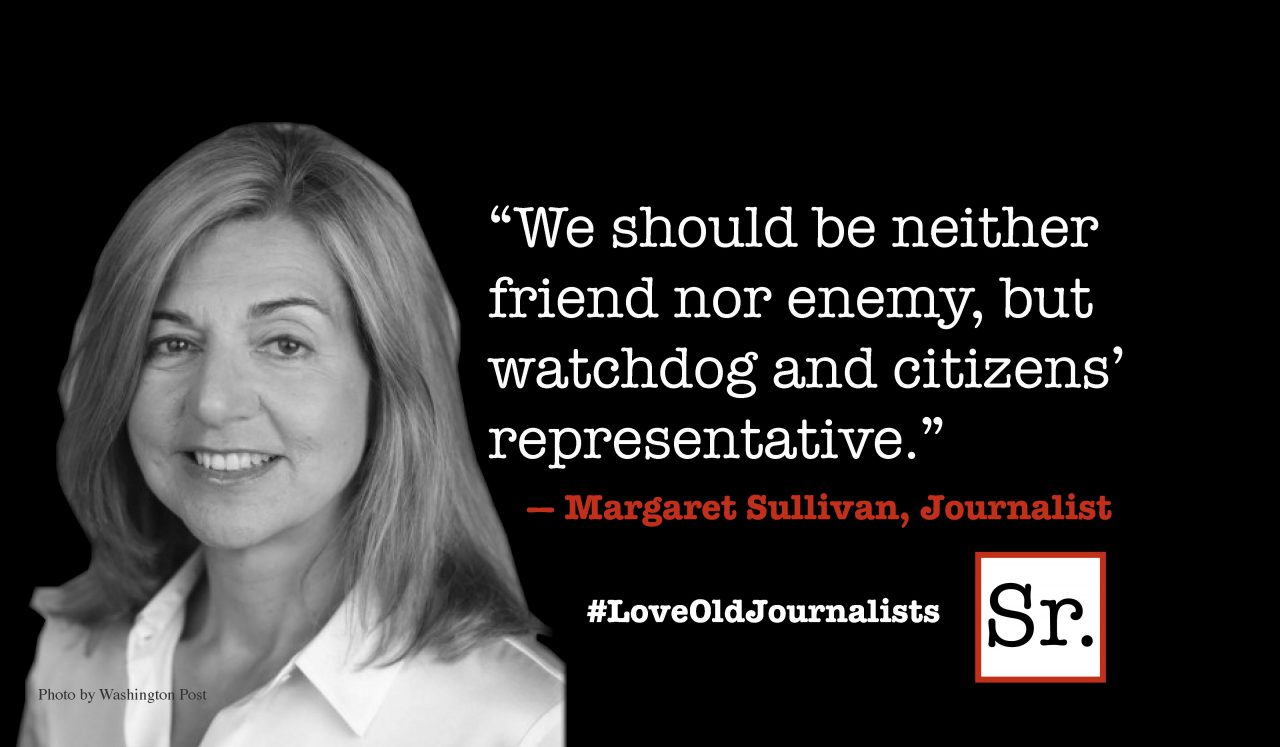For bears of very little brain like myself, certain concepts encountered in the daily news—city planning, community organization, social dislocation—only take on meaning through small, local, and even trivial analogous experiences of my own. I am prepared to follow my thought-leaders in the belief that Robert Moses, who carved up New York City’s old neighborhoods with expressways and overpasses, is one of the great criminals of the last century. But my censure is as tentative and imprecise as the phenomenon was huge and consequential.
The reconstruction of Dillon Gym at Princeton is a different matter. This week is my second without a morning swim. The pool is closed for two months as part of a major renovation of the whole facility. The feeling of dislocation is intense. There are, of course, alternative pools, and their opening hours will be more convenient for my own particular needs beginning in May, when I should be recovered from a minor surgical episode and ready for the plunge.
When Dillon does reopen this summer, however, everything is likely to be changed, as much as if Robert Moses had pierced it with the West Side Highway. The men’s locker room will be gutted, all the old, rusting metal lockers scrapped. Their replacements, which we have already seen in a mock up, will be a spiffy red with built-in combination locks like those in hotel room safes or the offices of CIA bureaucrats. They will obviate the need for the clunky portable locks we all have now, so easily forgotten or accidentally left in someone else’s locker door.
The changes are part of Princeton’s “Great Leap Forward in Fitness.” There is, however, an unfortunate consequence. A reconfigured gym will undoubtedly destroy the adventitious communities, that have grown up over many years, of people who for a variety of reasons happen to show up at the same long row of lockers each weekday at about the same time.
One morning last week my wife found a copy of William Langewiesche’s “American Ground: Unbuilding the World Trade Center” resting on the windshield of her car. I understood immediately what for her had to be a puzzle. The book had been dropped off by one of my locker room buddies, Steve, a financial expert in the university’s Budget Office. He is one of a large number of professionals who are in the top of their field and whose work enables the vast and intricate enterprise that is a university. In the normal course of events, few faculty and even fewer students ever encounter these men and women—even though we couldn’t be here without them.
I have locker-room bonhomie to thank for meeting Steve, a sage and witty commentator on the current political scene and a voracious reader of interesting books. My conversation with him is usually limited to about forty-five seconds a day, though every six weeks or so he and another locker buddy and I spend forty-five minutes together over coffee, gabbing at Panera. It is he who told me about “American Ground,” offering to let me have his old copy. I had forgotten about it, but he hadn’t and took the trouble to seek out our house and to drop the book off. “American Ground,” acclaimed after its initial publication in 2002, is about what happened at Ground Zero after the devastating attacks. What happened, in a nutshell, was a colossal, technically challenging, and politically charged cleanup unlike any other in American history.
I read the book within 48 hours of posting my last blog entry, “Earth Works,” in which I had dramatized the difficulties of redistributing a cubic yard or two of topsoil over a couple of hundred square feet. The irony did not escape me. At Ground Zero, the workers were faced with acres of dangerously unstable debris, mountainous in its contours, incalculable in its weight, containing an unknown number of rotting bodies. There were unremitting lethal threats of avalanche, flooding, and untold toxins. There was the imminent danger posed by large quantities of Freon, which had been needed to keep thousands of stockbrokers cool. There were all sorts of things that you would never have thought of—at least I would never have thought of.
A collapsing skyscraper, it turns out, is the world’s greatest pile-driver, requiring the expertise of mining engineers to redress. There were indeed heroes galore, but also major conflicts between policemen and firemen as to which were to be more heroic. This tension recalled medieval fist-fights between Franciscans and Dominicans over which group should be given the humbler position in ecclesiastical processions. During the clean-up, looting was endemic and also of heroic proportion. Computers and executive suite tchotchkes lay everywhere. There were also staggering piles of concrete, clouds of cement dust, and great shards of steel. How could anyone possibly pick it all up? What would be done with it? But they did find a way, and I suppose that if the Financial District can get used to such dramatic dislocation, I will eventually get used to a new locker room. But what will I do without my bibliographer Steve?









